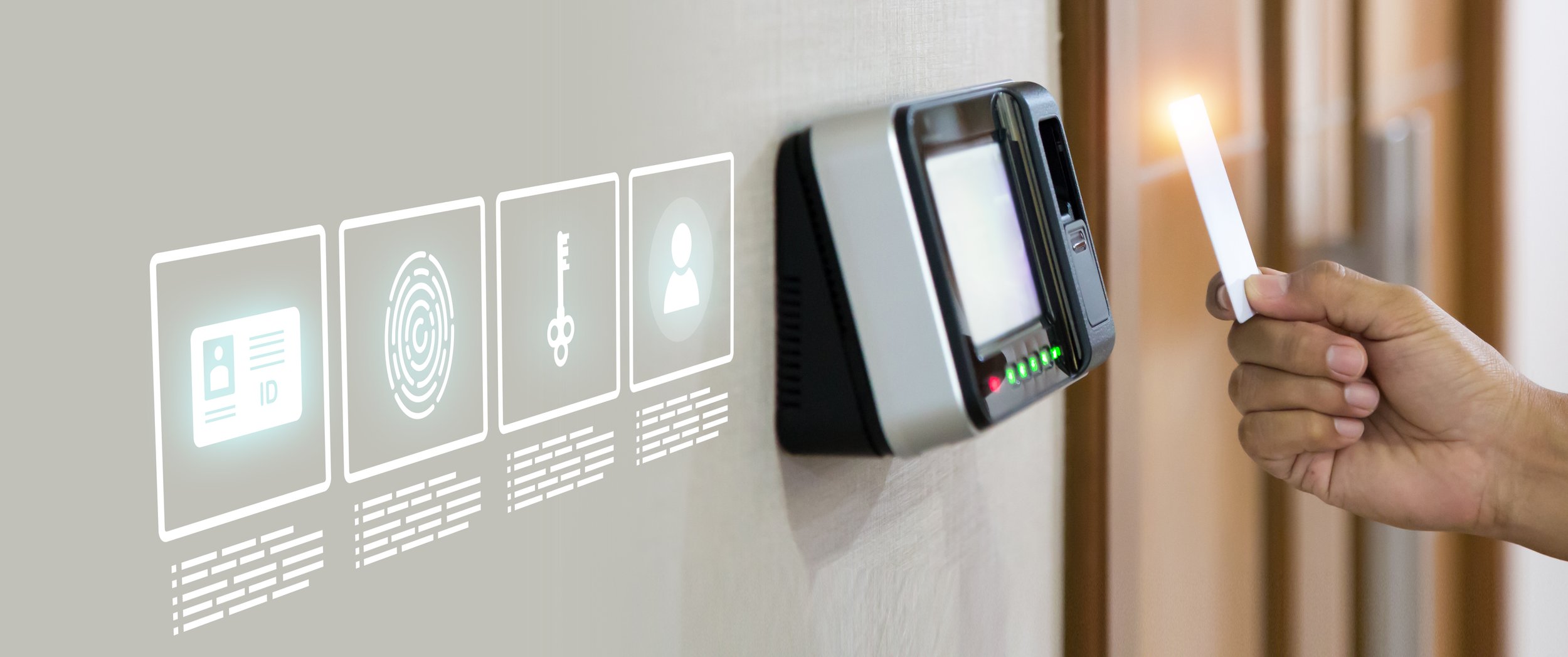Proven Technology Solutions for Over 40 Years
VoIP Phone Services
VoIP (Voice over Internet Protocol) phone systems transform business communications by delivering significant advantages over traditional telephony. By transmitting calls through internet connections rather than copper phone lines, VoIP dramatically reduces costs—eliminating long-distance charges and reducing monthly service fees by up to 60%. The technology offers remarkable flexibility, allowing employees to make and receive calls from anywhere with internet access using desk phones, computers, or mobile devices. Advanced features that once required expensive add-ons come standard with most VoIP services, including auto-attendants, call routing, voicemail-to-email transcription, and conference calling capabilities. Implementation and scaling are straightforward, with new lines added through simple software changes rather than physical installations. Integration with other business applications creates powerful workflows, connecting phone systems with CRM platforms, email, and collaboration tools for streamlined operations. During office relocations or expansions, VoIP systems move effortlessly without number changes or service interruptions. As businesses increasingly embrace remote and hybrid work models, VoIP provides the communication backbone that keeps teams connected regardless of physical location.
Access Control Systems
Modern access control systems provide businesses with sophisticated security management far beyond traditional lock-and-key approaches. These systems deliver precise control over who can enter specific areas and when, creating customizable security zones that protect sensitive locations while allowing appropriate access to authorized personnel. The core elements include credentials (key cards, fobs, mobile apps, or biometric identifiers), readers at entry points, controllers that process authentication requests, and management software that oversees the entire system. Beyond basic security, these systems generate comprehensive audit trails documenting all access attempts, supporting compliance requirements and providing valuable insights during security investigations. Advanced features include time-based restrictions that automatically adjust access permissions by schedule, integration with HR systems for streamlined employee onboarding/offboarding, and visitor management capabilities that create temporary credentials. During emergencies, access control systems can automatically unlock doors for evacuation or lock down facilities to prevent unauthorized entry. The scalability of modern systems allows businesses to start with basic door control and expand to enterprise-wide security networks incorporating video surveillance, intrusion detection, and building automation. With cloud-based management increasingly available, organizations gain the flexibility to administer their security from anywhere while reducing the need for extensive on-site infrastructure.
Infrastructure Cabling
Infrastructure cabling forms the critical nervous system of modern buildings, yet presents numerous challenges for facility managers and IT professionals. Cable management complexity increases exponentially with building size, often resulting in disorganized wiring closets that complicate troubleshooting and upgrades. Future-proofing presents another significant hurdle, as bandwidth requirements continue doubling every 18-24 months, potentially rendering new installations obsolete within years. Physical constraints like limited pathways, ceiling space, and bend radius requirements frequently complicate installations, while retrofitting older buildings introduces additional complications with asbestos, structural limitations, and historical preservation requirements. Effective solutions begin with comprehensive planning using Building Information Modeling (BIM) to visualize cable pathways before installation. Implementing structured cabling standards with color-coding, labeling protocols, and detailed documentation dramatically improves long-term manageability. Modular systems featuring snap-in connections and pre-terminated assemblies reduce installation time while facilitating future changes. For future-proofing, installing higher-category cabling than currently needed (such as Cat6A or fiber) provides headroom for increased bandwidth demands, while incorporating generous slack loops and maintenance points enables easier access for modifications. Pathfinder technologies that trace cables without disconnection and specialized tools for fishing cables through difficult spaces help overcome physical installation challenges. Finally, implementing regular cable audits identifies and removes abandoned cables, which can constitute up to 40% of under-floor and overhead cabling in established facilities, creating space for new infrastructure while improving airflow and reducing fire hazards.
CCTV Camera Solutions
Partnering with a company well-versed in CCTV systems delivers substantial advantages beyond simply purchasing equipment. Seasoned security professionals conduct thorough site assessments to identify vulnerable areas and recommend optimal camera placement that maximizes coverage while minimizing costs. Their expertise in selecting appropriate technologies—whether high-definition, thermal, or low-light cameras—ensures your system addresses specific security challenges rather than providing generic solutions. Professional installers understand critical technical considerations like proper mounting heights, viewing angles, and field-of-view calculations that determine whether your footage will be forensically useful during incidents. They navigate complex integration requirements, seamlessly connecting your cameras with access control systems, intrusion detection, and other security infrastructure for comprehensive protection. Experienced providers also ensure regulatory compliance with industry-specific requirements like GDPR, HIPAA, or PCI standards, protecting your organization from potential legal complications. After installation, quality CCTV companies provide ongoing maintenance, promptly addressing hardware failures and performing software updates that protect against emerging cybersecurity vulnerabilities. Their training programs ensure your staff can effectively operate the system, while 24/7 technical support provides peace of mind during critical situations. As your security needs evolve, established CCTV partners offer scalable solutions that grow with your organization, providing continuity of protection without requiring complete system replacements. This comprehensive approach transforms security cameras from isolated devices into strategic assets that actively contribute to your organization's overall risk management strategy.
Building Intercom Systems
A truly exceptional building intercom system seamlessly balances security, convenience, and technological integration to enhance both resident experience and property management. At its core, superior audio quality with noise cancellation ensures clear communication even in busy urban environments, while high-definition video provides crisp visitor identification regardless of lighting conditions. The most effective systems offer multiple access methods—traditional key fobs, PIN codes, mobile credentials, and biometrics—accommodating diverse user preferences while maintaining robust security. Cloud connectivity transforms these systems from simple entry points to comprehensive building management tools, enabling remote administration, visitor logging, and delivery management from anywhere. Integration capabilities with smart home systems, property management software, and access control platforms create a cohesive ecosystem rather than isolated solutions. User-friendly interfaces for both residents and administrators minimize the learning curve, while mobile apps allow tenants to grant access and communicate with visitors even when away from home. Durability becomes paramount in high-traffic environments, with weather-resistant hardware, vandal-proof construction, and components rated for hundreds of thousands of operations ensuring reliable performance over many years. Scalability accommodates everything from small buildings to sprawling complexes without sacrificing functionality. The finest intercom systems also incorporate backup power solutions and offline operation modes to maintain security during outages, while regular software updates protect against emerging security vulnerabilities and add new features without hardware replacement. When these elements converge, the intercom transcends its basic function to become an essential component of the building's security infrastructure and tenant satisfaction strategy.
Broadcast Systems
A meticulously designed broadcast infrastructure forms the invisible backbone of modern organizational communication, enabling seamless information flow across physical and digital spaces. Properly configured WiFi networks with strategic access point placement, appropriate channel management, and capacity planning ensure consistent connectivity for both stationary workstations and mobile devices throughout the facility. Robust internet access with redundant connections from different providers and automatic failover capabilities prevents costly downtime during outages, while properly sized bandwidth allocations prevent bottlenecks during peak usage periods. Integrated paging systems with zoned audio distribution and clear speech processing ensure emergency announcements reach every corner of the facility with intelligible clarity, potentially saving lives during critical situations. Digital signage networks strategically positioned throughout the organization deliver targeted messaging to specific audiences, reinforcing important communications and providing wayfinding assistance. Unified communications platforms that bridge these various systems create cohesive experiences rather than fragmented solutions, allowing messages to cascade appropriately across multiple channels. Properly implemented redundancy through backup power systems, duplicate hardware, and cloud-based services ensures communication continues even during infrastructure failures. Beyond the technology itself, comprehensive documentation, regular testing protocols, and staff training programs maximize system effectiveness while minimizing response time during technical issues. When thoughtfully designed and maintained, these integrated broadcast systems transform from mere infrastructure into strategic assets that enhance safety, productivity, and organizational cohesion.






